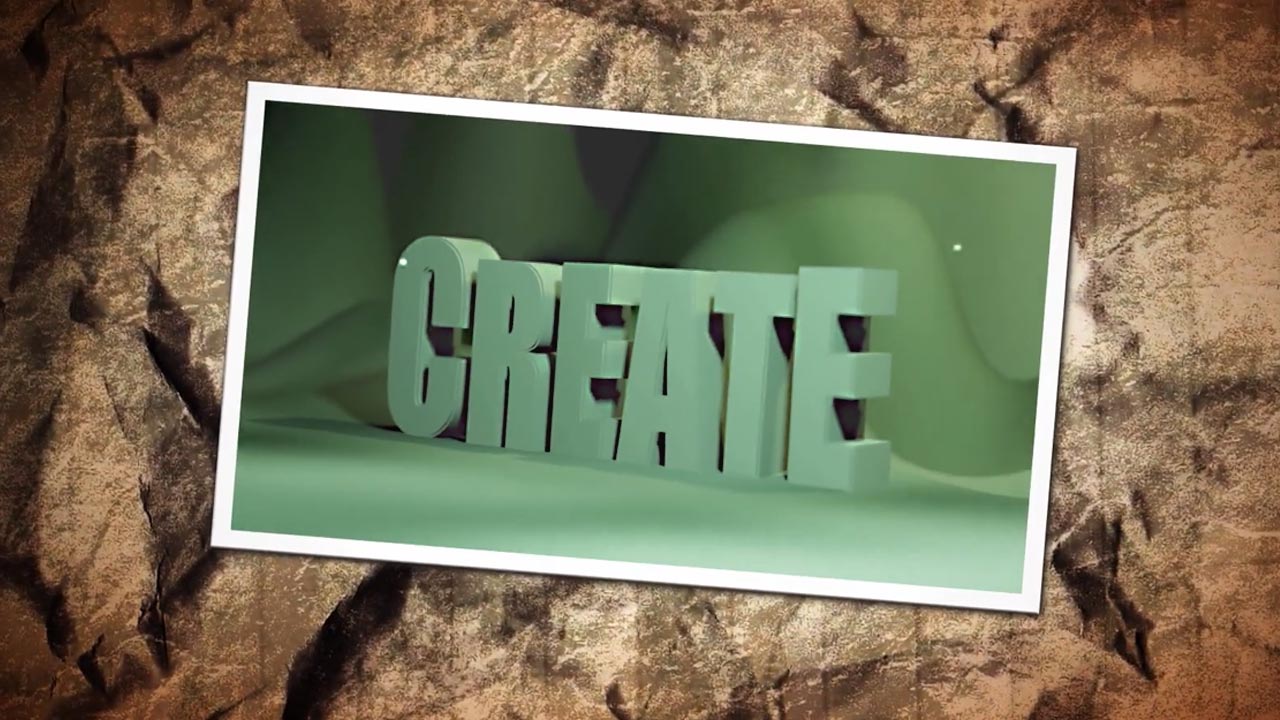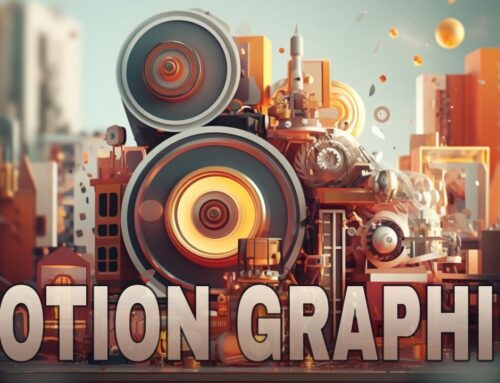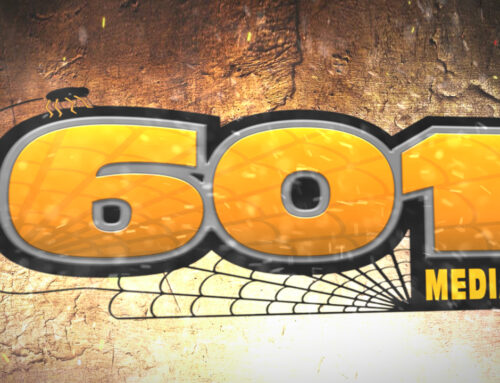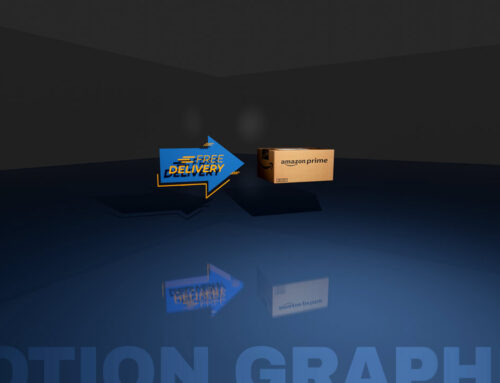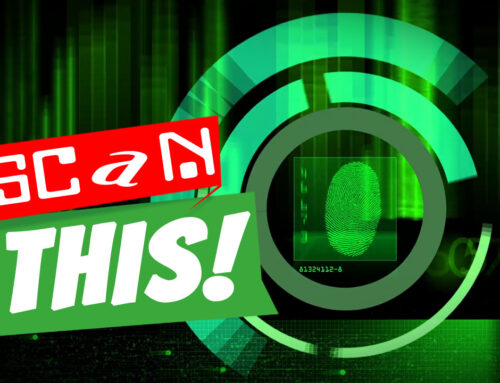Motion graphics is a powerful medium that combines animation, design, and storytelling to create captivating visual narratives. This article delves into the world of motion graphics, discussing its history, purpose, and key elements, while also exploring the process and tools used to create it.
Table of Contents
- Introduction to Motion Graphics
- History of Motion Graphics
- Purpose of Motion Graphics
- Key Elements of Motion Graphics
- The Process of Creating Motion Graphics
- Popular Tools for Motion Graphics
- Wrapping Up
Introduction to Motion Graphics
Motion graphics are a form of visual storytelling that combines graphic design, animation, and often sound to create engaging and informative pieces. They can be found in various formats, such as films, television, advertising, and online content.
2. History of Motion Graphics
Motion graphics have a rich history, with roots in early animation techniques:
- Early animation
- Experimentation with moving images began in the late 19th century
- Pioneers such as Émile Cohl and Winsor McCay laid the foundation for modern animation
- The Golden Age of Animation
- Spanned from the 1930s to the 1960s
- Iconic characters like Mickey Mouse, Bugs Bunny, and Superman were created during this period
- The Digital Revolution
- The introduction of computers and digital technology revolutionized the creation and distribution of motion graphics
- Pioneers like John Whitney and Saul Bass made significant contributions to digital motion graphics
Purpose of Motion Graphics
Motion graphics serve a variety of purposes:
- Communication
- Simplify complex concepts and ideas
- Make information more engaging and accessible
- Entertainment
- Enhance storytelling through visual effects
- Create immersive experiences for audiences
- Advertising and Marketing
- Grab attention and convey messages quickly
- Increase brand recognition and recall
Key Elements of Motion Graphics
There are several key elements that contribute to the effectiveness of motion graphics:
- Design
- Composition, typography, and color play crucial roles in conveying the message
- Animation
- Movement, timing, and pacing bring the graphics to life
- Storytelling
- A strong narrative helps to engage and connect with the audience
- Sound
- Music, voiceovers, and sound effects enhance the overall experience
The Process of Creating Motion Graphics
Creating motion graphics typically involves the following steps:
- Concept Development
- Determine the story, message, and target audience
- Develop a creative brief and storyboard
- Design
- Create the visual elements, such as illustrations, typography, and icons
- Animation
- Animate the design elements using keyframes and motion paths
- Apply easing and other techniques to create smooth and natural movement
- Sound Design
- Add music, voiceovers, and sound effects to complement the visuals
- Rendering and Output
- Render the final animation and export it in the desired format
Popular Tools for Motion Graphics
Various software applications are available for creating motion graphics:
- Adobe After Effects
- Industry-standard software for motion graphics and visual effect
- Offers a wide range of tools, plugins, and resources
- Cinema 4D
- 3D modeling, animation, and rendering software
- Integrates seamlessly with After Effects for motion graphics
- Blender
- Open-source 3D creation suite
- Includes powerful tools for modeling, animation, and rendering
- Autodesk Maya
- Comprehensive 3D animation software
- Offers advanced tools for animation, modeling, and visual effects
- Apple Motion
- Motion graphics and compositing software for macOS
- Offers real-time rendering and a user-friendly interface
Wrapping Up
Motion graphics play a significant role in modern storytelling, allowing creators to communicate complex ideas and messages in an engaging and visually appealing manner. By leveraging the power of design, animation, and sound, motion graphics can enhance entertainment, advertising, and marketing efforts, capturing the attention of audiences and leaving a lasting impression. With a wide range of tools available, motion graphics artists have endless possibilities to explore and create unique, compelling visual narratives.



